Aya Cabauatan: How I Learned To Love Film
2 24 Share TweetFor those of us born as part of Generation Z, we didn't grow up with film. The rise in the quality of phone cameras made it easy and convenient to take photos on the fly, and the low barrier of entry to photography meant that it became more accessible for people to try out this creative endeavor.
This was the experience of photographer Aya Cabauatan. She started her photography journey using what she had at that time, which was an iPod Touch and a Lumix digital camera. As time went by she dabbled in film but it was only a life-changing trip to Japan and the influence of friends that made film photography an equally important part of her work. Since then she has shot for some of her country's biggest publications and has shown how it is still very much possible to shoot film for commercial purposes as well as personal projects. We talk to Aya to find out how she learned to make analogue photography a part of her job.
Hi, Can you please introduce yourself and tell us how you started photography?
Hello! I’m Aya Cabauatan and I’m a 24-year-old photographer based in Manila. My work mainly consists of lifestyle and editorial photography. However, I love to dabble in different genres from time to time, most especially through film. My introduction to photography was because of my dad who was a photo hobbyist. Sometime in 2012 during a trip to the US, I experimented with an iPod touch and a Lumix compact camera. I joined Instagram with the user “_positivity” where I found a community of aspiring photographers. In high school, I learned how to use a DSLR camera to document events for the school publication. I also went through a Flickr and Tumblr phase where I got into fine art and produced test shoots with models.
At around the same time I began to accept gigs for family and friends. Because of social media and referrals, I grew a portfolio and a good client base throughout college. I did freelance work for nearly five years and eventually pursued being a full-time photographer after I graduated in 2020.
How would you describe your style of photography?
My style strongly hinges on the play of organic elements such as light, color, and movement. I draw inspiration from my experiences during my youth, long family summer trips to the province, and my study abroad in Japan. I also love to inject hints of surrealism by paying attention to often ignored details. Beyond the visual, I would say my process is the most valuable and essential aspect that shapes my style. As a self-taught photographer, my style evolved into a fusion of analogue and digital, intention and spontaneity, beauty and imperfection. As a creative who enjoys collaborations, I love to initiate conversations that materialize into passion projects.
How did you start getting more into film? What was the moment you knew you wanted to use this format?
I shot my first roll in 2014 using my dad’s Nikon F3 and remained interested in film since then. It was only after my study abroad in 2019 that my friend, Javier (@rocket_fries0036) influenced me to shoot more film for fun. True enough, I revisited this medium during the pandemic.
As a way to get over the creative slump, I went down a film rabbit hole. I first practiced with hand-me-down and borrowed cameras. In 2021, I bought my first medium format camera from Francis of Sunny16, a lab I trust my film for developing and scanning. I also got my first rangefinder later that year and it was a Leica M4 from a photographer I look up to. I don’t think there was a specific moment. It really just might have been a work in progress. Up to today, I love to experiment and switch between analogue and digital.
You have an extensive portfolio of work, ranging from editorial, to product, to BTS and just daily life. What do you think binds all these different areas together?
Aside from my style, what binds my work together is my creative philosophy and sense of joy in collaborating. I love to immerse myself in the moment, appreciating both the mundane and the extraordinary. I often try to go out of my comfort zone and see the world in a new light.
How do you convince clients to take the risk in choosing film photography for shoots?
Like I mentioned earlier, my appreciation for film was reignited during the pandemic. I went through the learning curve experimenting and making mistakes. I tried various cameras and film stocks. For client work, I took the initiative to shoot film alongside digital with no additional charges. I shared my photos on Instagram, tagged them with #ayalogue and received positive feedback from my clients and community. It naturally became something clients specifically reached out to me for, and that I’m really thankful for.
I was only doing it for a change of pace in my personal practice. However, I realized how film allowed me to enjoy my craft. This led me to connect with more like-minded creatives and clients I find pleasure in working with. Beyond the collaboration I think it’s more about building trust and relationships more than anything else — the photos are just a huge bonus.
What is the hardest part of shooting film?
I think the most difficult part of shooting in film is patience throughout the learning curve. From composing, focusing, adjusting the settings, and learning from my mistakes. It’s when I am looking through the viewfinder and deciding whether I should click the shutter or put the camera down. That moment when I’m feeling both excited and nervous. Although it’s tedious I would consider this aspect the most enjoyable part of the medium because it challenges me to be more intentional with my photos.

Most of the photos you sent us were shot using Lomography film stocks. What do you like about Lomography film?
When there is an opportunity, I love to experiment with film. I pushed the Lomography Color 800 film to +1 and +2 exposures for the BTS coverage of No Rome’s music videos. I was quite happy with the result and I personally love how Lomography produces crisp and high-contrast photos.
If you were to choose a film stock to describe yourself what would it be?
Anything ISO 400. Just because I love shooting on a sunny day with the flexibility to push or pull my film or even shoot in low light.
What advice do you have for the Lomography Community?
Stay true to yourself— create something that means a lot to you. Create opportunities for yourself and don’t be afraid to put your work out there.
We thank Aya for her story and for sharing her photos with us. To keep up with Aya follow her and her photo studio BALAY KŌBŌ on Instagram and use the #ayalogue to see more of her film photos. Do you have stories of discovering film and making it part of your journey? Comment down below!
written by rocket_fries0036 on 2023-06-21 #culture #people #nature #manila #philippines #portrait #beauty #women #lomocolor400 #apac #aya-cabauatan #lomocolor-800 #no-rome














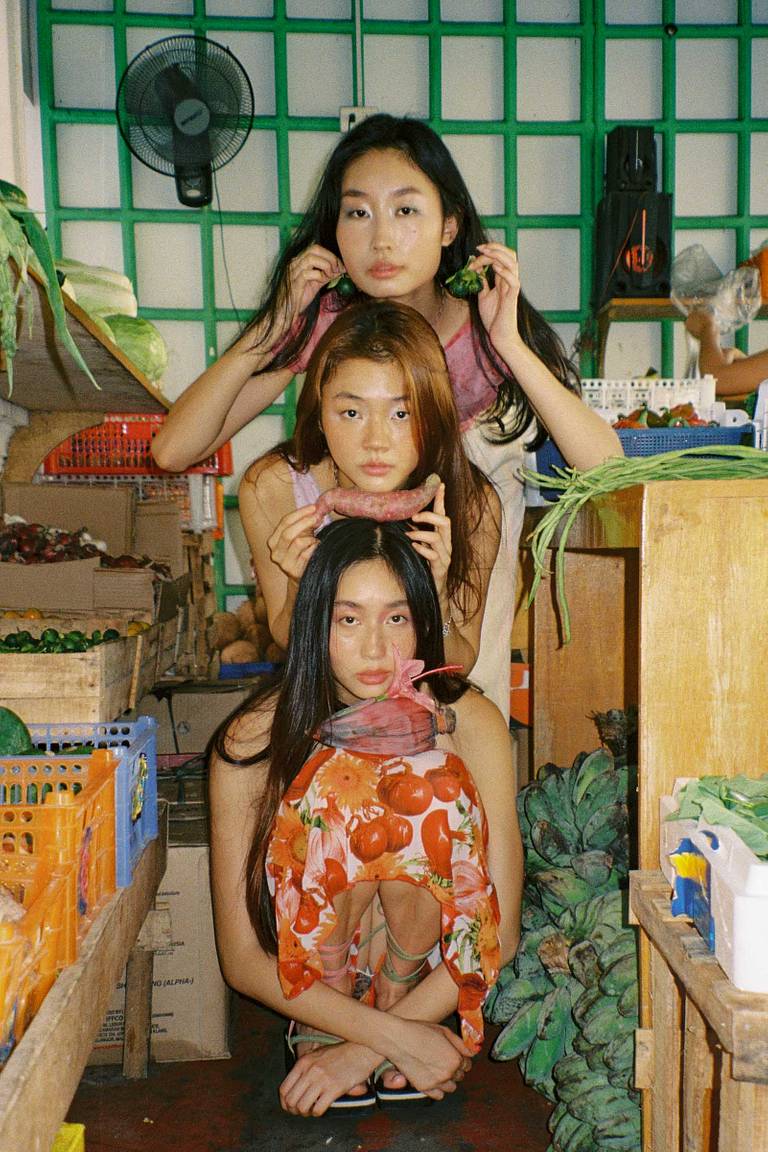
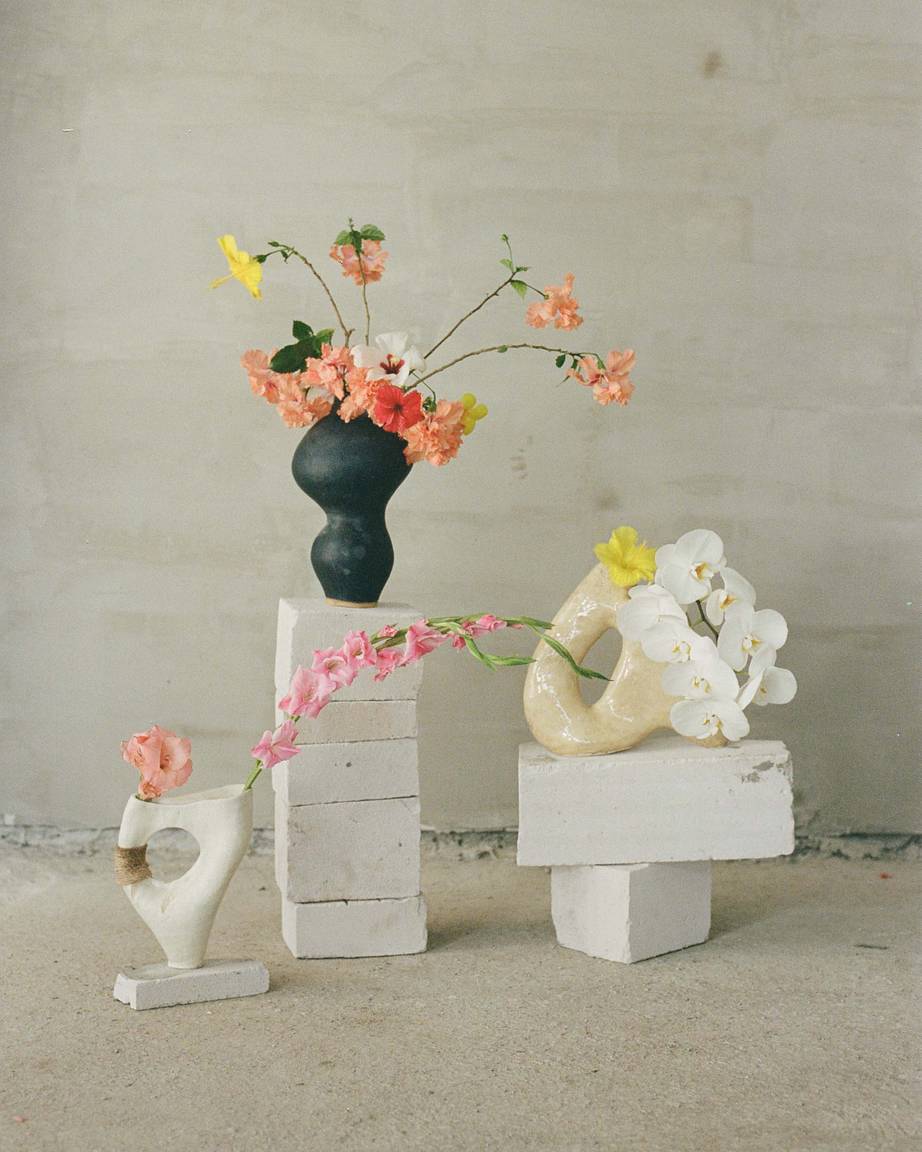







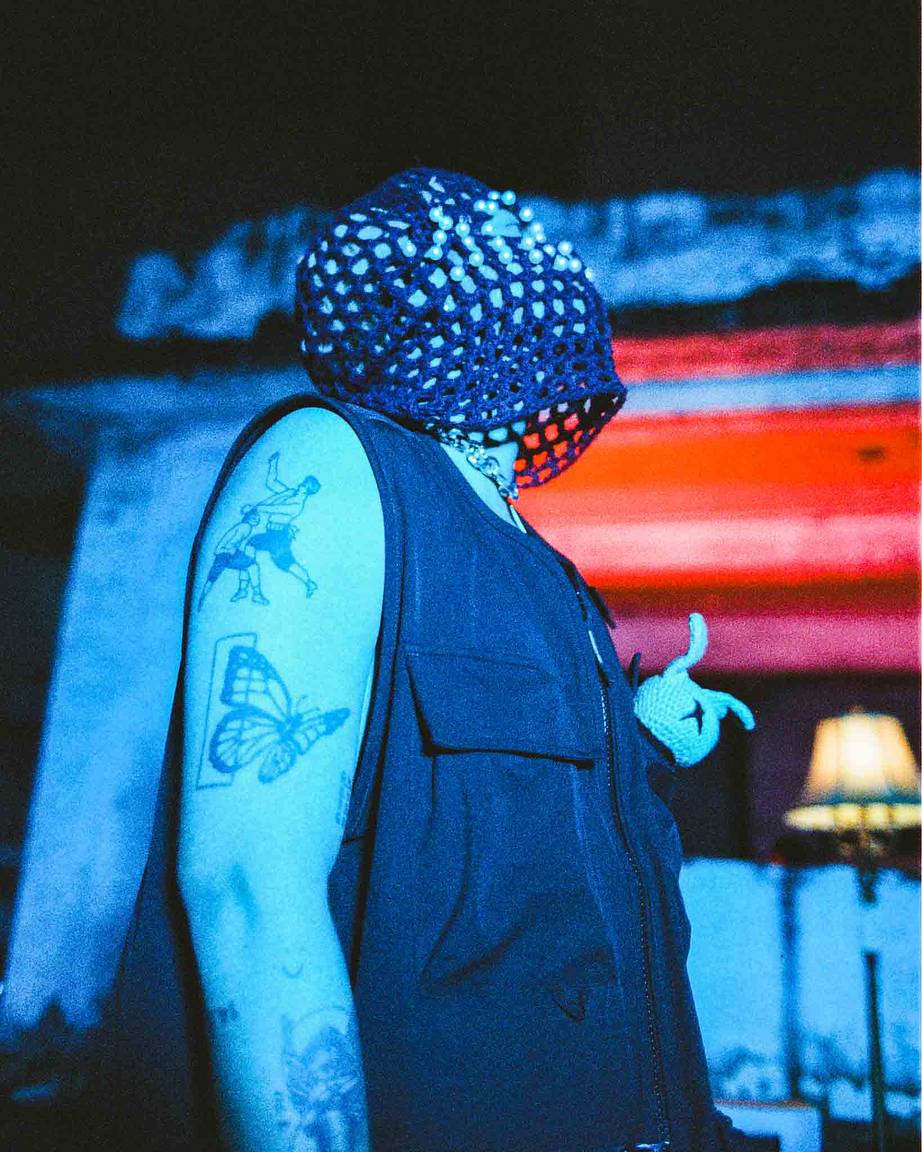

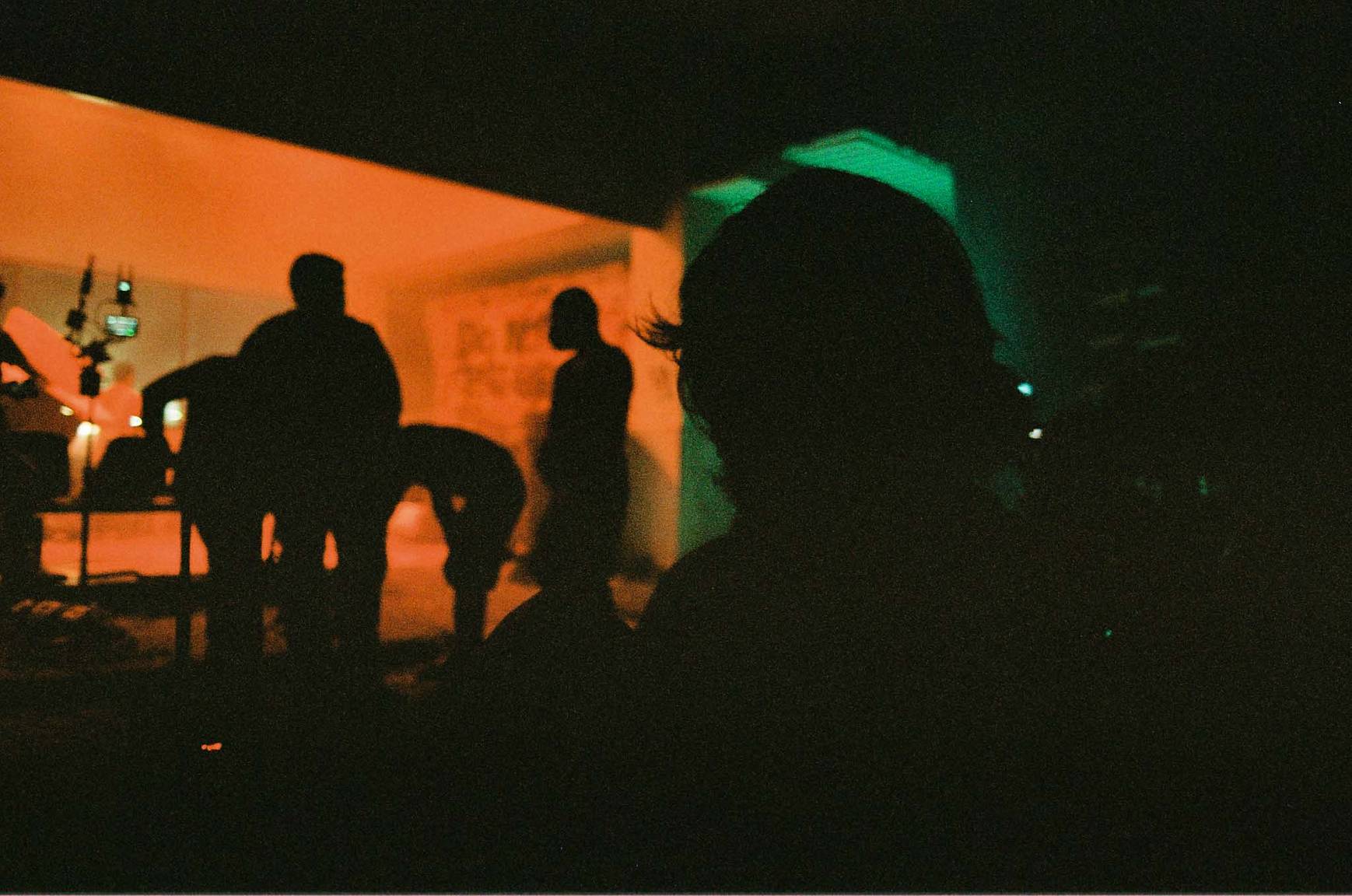
















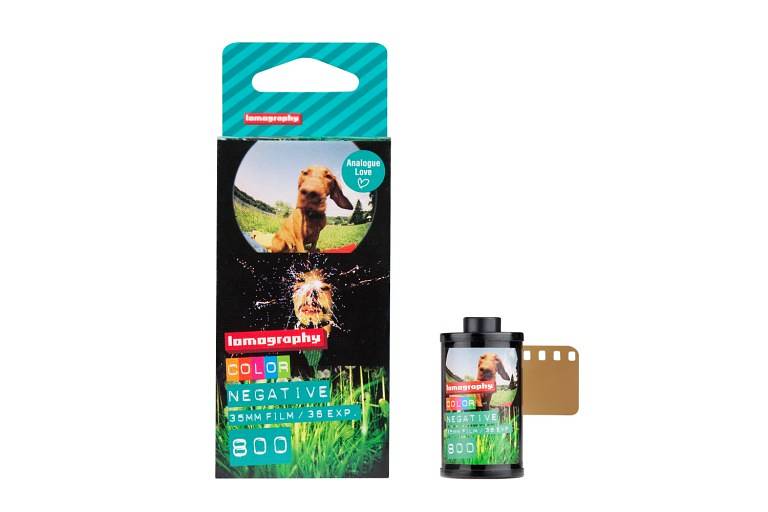














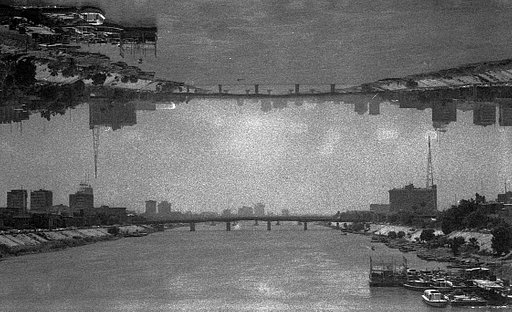

2 Comments